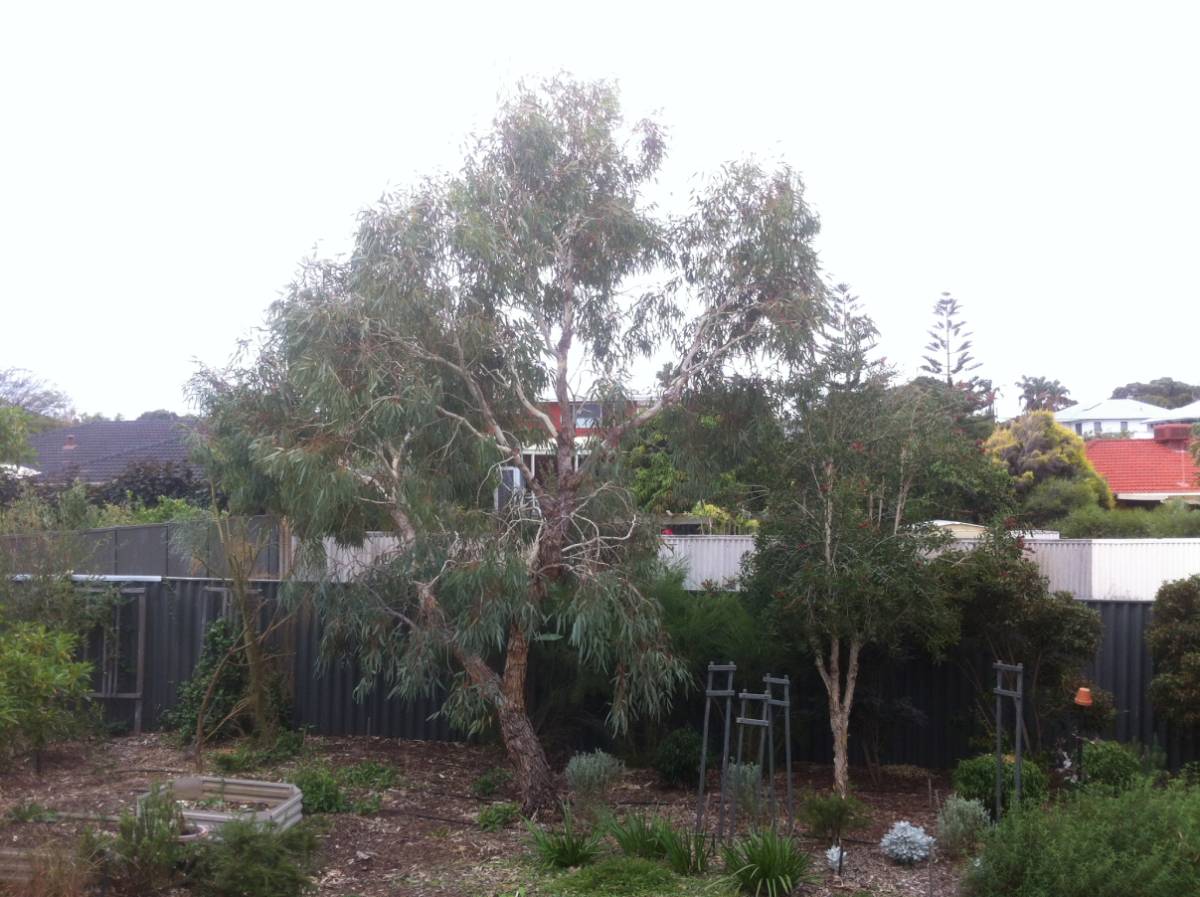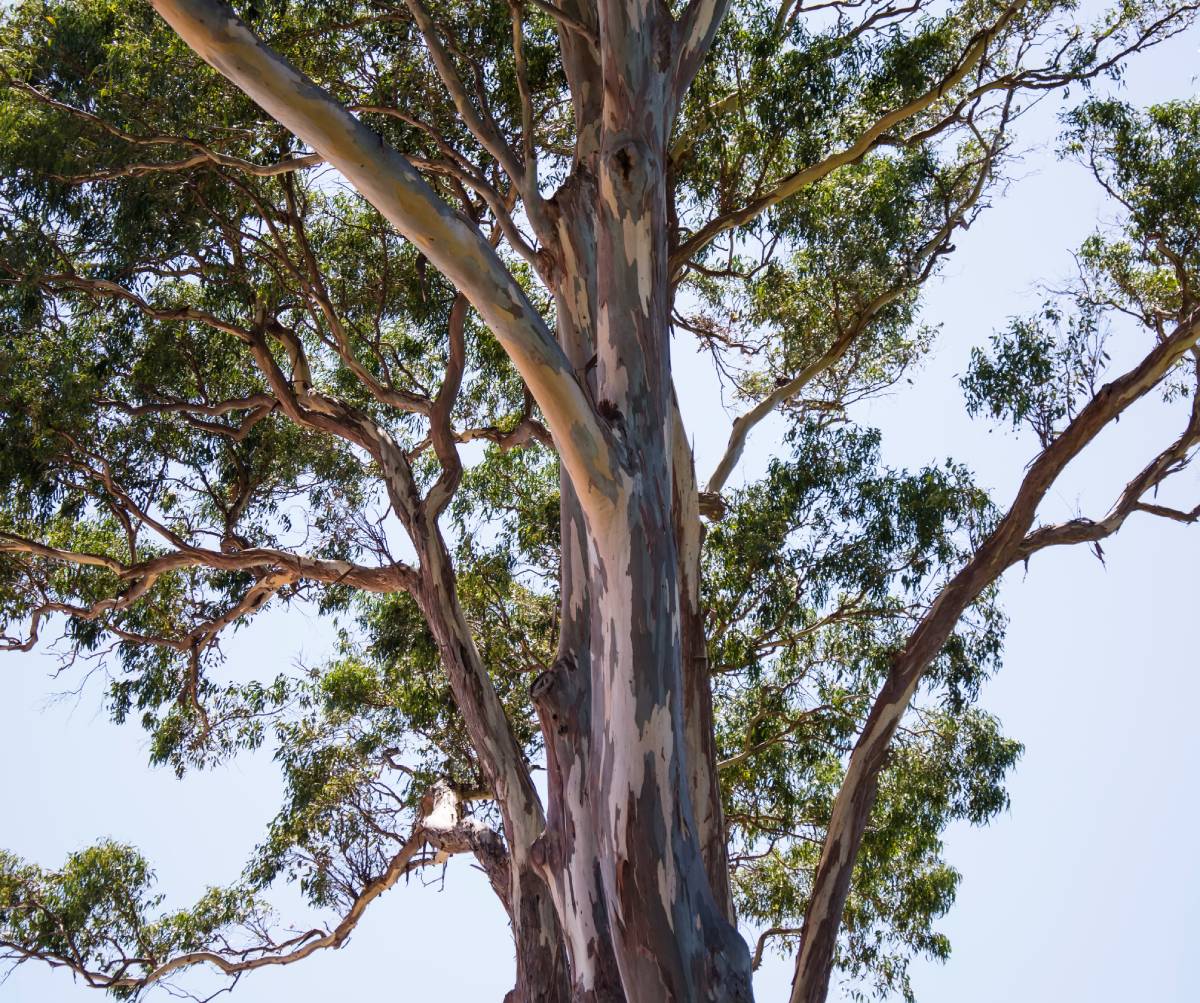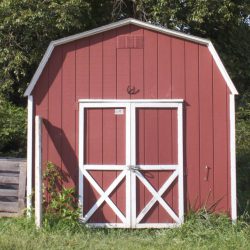Just as with any tree, pruning is one of the most essential maintenance activities required to keep them happy, healthy, and growing strong. When it comes to gum trees, there’s no exception.
Gum trees are exceptionally fast-growing trees that require some fairly regular pruning. To make matters even more confusing, there are many different ways to go about this, such as lifting the canopy, thinning the crown, or simply removing single braches (to name a few).
And, just as with any other tree, improper pruning or excessive pruning can lead to seriously damaging the tree and causing unnecessary complications in the future.
The good news is that in this article, we’re going to share some tips on the best way to prune a gum tree. We’ll talk you through the various methods, including how much you can safely cut back a tree, and what time of year is the best time to do so.
Read on if you’d like to learn more about how to properly tend to and care for the gum trees on your property.
How do you shape a gum tree?
If you are thinking about shaping your gum tree into a hedge, you will need to prune them at the end of their third season, while they’re fairly young. Start by removing a third of the height from the tree, while cutting it into a pyramid. In the following year, continue by removing about a ¼ from the tree, and then again the year after – and so on.
What is the best way to prune a gum tree?

The best way to prune a gum tree is subjective and largely depends on what you are trying to achieve. To help make sure that you make the right choice, we’ll list a few of the most common methods of gum tree pruning, so that you can decide which is best for you.
- Canopy thinning: if you’d like to reduce the crown a little bit and allow more sunlight through to the inner branches and any plant life trying to grow on the ground beneath, canopy thinning is a great gum tree pruning approach. This involves removing the second and third-order branches from the canopy itself. This typically reduces the overall volume of branches and can be great for the health of the tree.
- Canopy lift: a canopy lift is essential for gum trees in public areas, such as car parks and walkways, allowing people to freely pass below without being caught up in the underbrush. This involves cutting off the lower branches, which essentially creates a ‘raised’ effect for the canopy.
- Reduction: if your gum tree is growing a little wild and unruly, reducing the size of the tree is an option. This can be a complicated process as it involves accessing the entirety of the tree and cutting away at the third and fourth branches with great care and consideration. When reducing a tree, you also need to be mindful of not overdoing it, to cause unnecessary trauma.
- Building and structure clearance: if your gum tree is branching too close for comfort to neighbouring structures or power lines, cutting the branches back is critical. When doing so, take into account how the branches will move with the wind; while certain branches may appear to be a safe distance away, it could be a different story entirely during heavy winds. Ideally, you should allow at least 3-metres of clearance between your gum tree and any surrounding structures.
- Topping / pollarding: while topping and pollarding is technically a pruning method, this one, in particular, is illegal for gum trees in Australia – particularly for gum trees in public spaces. This is because once a tree has been topped, ‘sucker shoots’ grow immediately out of the wounds and then after a few years, they become large, unstable, and easily snap off as soon as the wind picks up. For your health and safety and to avoid any complications, it’s best that you give this pruning method a wide berth!
How much can you cut back a gum tree?

As a rule of thumb, you should never remove more than 25% of a gum tree’s branches when pruning. You need to be very careful not to cut it back too much otherwise you will cause unnecessary damage to it – and in some extreme cases, it might not recover!
In Australia, you are allowed to prune a gum tree by up to 10% in a year without a permit. Any more than that and you will need to seek approval. Failing to do so could result in a hefty fine.
If you are unsure about this, you should consult a tree pruning professional. Other factors to consider before cutting back a gum tree are:
- Time of year (we’ll cover the best time of year to prune a gum tree shortly).
- Your level of skill (hire the professionals if you don’t feel confident in your abilities).
- Required permits (speak to your local arborist and council to learn more).
- What you are trying to achieve through pruning (whether for safety or aesthetic reasons).
What is the best month to prune gum trees?
So, what is the best time of year to prune your gum tree? It’s widely considered that the best time to prune a gum tree is during the late winter / early springtime. As the tree will bleed plenty of sap after cutting, it helps to have the additional warmth from early spring and the approaching summer to help with the healing process.
If you prune your gum tree to close to the winter seasons, it can cause it to dry out, thus slowing down the healing process. A slow healing process can result in additional damage to be caused, a deterioration in the tree’s health, and in some extreme cases, the death of your gum.
Similarly, pruning your gum tree in the late autumn months will make it far more susceptible to catching diseases. This can easily be avoided by sticking to the end of winter / early to mid-spring.
Final thoughts
Gum trees are gorgeous plants that, when cared for properly, can be a wonderful addition to your property. If you are feeling overwhelmed by the responsibility and would much prefer to have a certified arborist make short work of your gum tree pruning responsibilities, contact your local arborist and they will surely take excellent care of you.

















